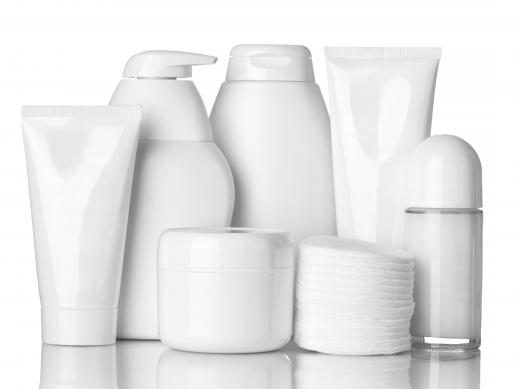Originating centuries ago, coal and pine tar are used as the basis for coatings that preservative and act as water repellents sealants. Manufacturers often create tar based products for construction or marine industries. The substance also has a special place in baseball and is a common ingredient in skin care products.
Naturally sticky and waterproof, the brown to black colored liquid is a common ingredient in products for sealing roofs and outdoor wooden decks. The resin hardens, appears shiny, and becomes impenetrable to moisture. Combined with polymers or silica, coal or pine resin might also be used as a protective coating on aluminum, concrete, steel, or wood. Tar products may be applied to the exterior or interior of pipelines or sewage, storage, and water tanks.

Used alone or in combination with varnish, coal, or pine resin, tar protects wood surfaces indoors and out with against rot from weather exposure. It also deters mold growth and insect infestation. Lumber industries commonly pressure treat wood with creosote, which is manufactured using coal tar or pine tar.
Some shipyards continue to use the tarry substance for coating the exteriors of ships. Though builders construct vessels with steel more often than wood, the surfaces still require protection from both fresh and salt water. Even painted steel surfaces corrode and rust, and coal tar epoxies applied in layers protect ship structures. Mariners also use the products for coating ropes and cords, preventing the fibers from fraying and rotting under harsh conditions.

Baseball players improve their grip on the bat by applying the sticky liquid. They might also apply tar to baseballs, which not only improves a grip on the ball but also alters its spin when thrown. Players generally maintain a layer of the gooey paste on their helmets or gloves. The substance is permitted by baseball regulation agencies.
Before the invention of modern antibacterial ointments, uses for tar included topical preparations, made in many homes, that were designed to prevent infection. For centuries, farmers and ranchers used resin ointments and salves on livestock for open wounds or hoof dressings. Livestock and tack supply stores still sell these veterinary products.

Over-the-counter and prescription ointments, salves, and shampoos often contain coal or pine tar to treat dandruff, eczema, and psoriasis. The substance frequently resolves the flaking, itching, and scaling associated with these disorders by encouraging the shedding of dead skin layers. These preparations also smooth and soften skin, slowing the cycle of drying, dying skin, and cellular replacement.
